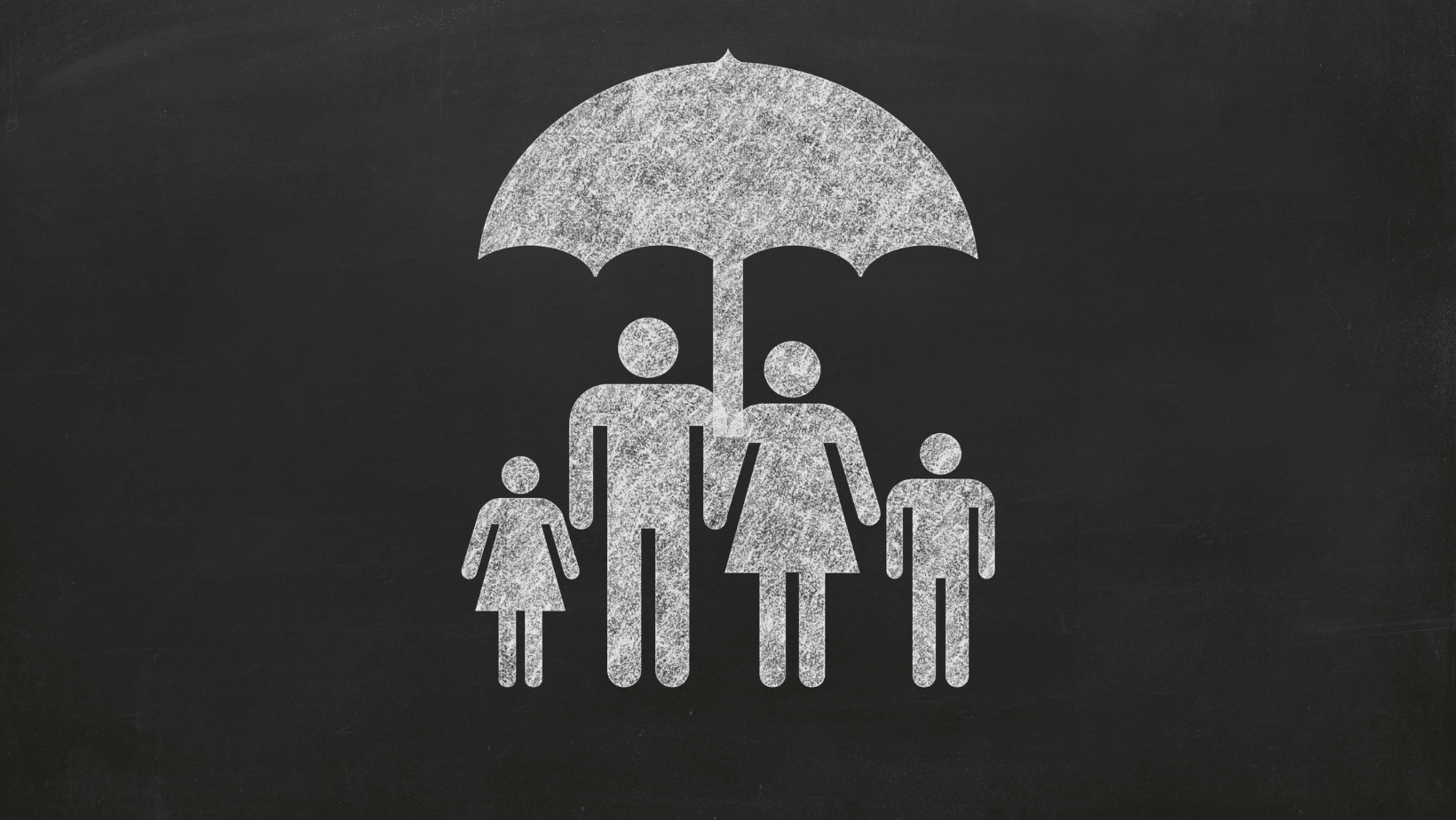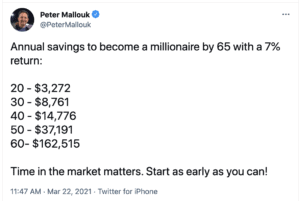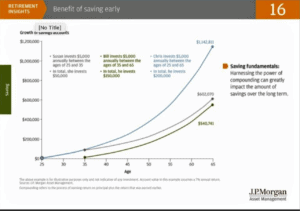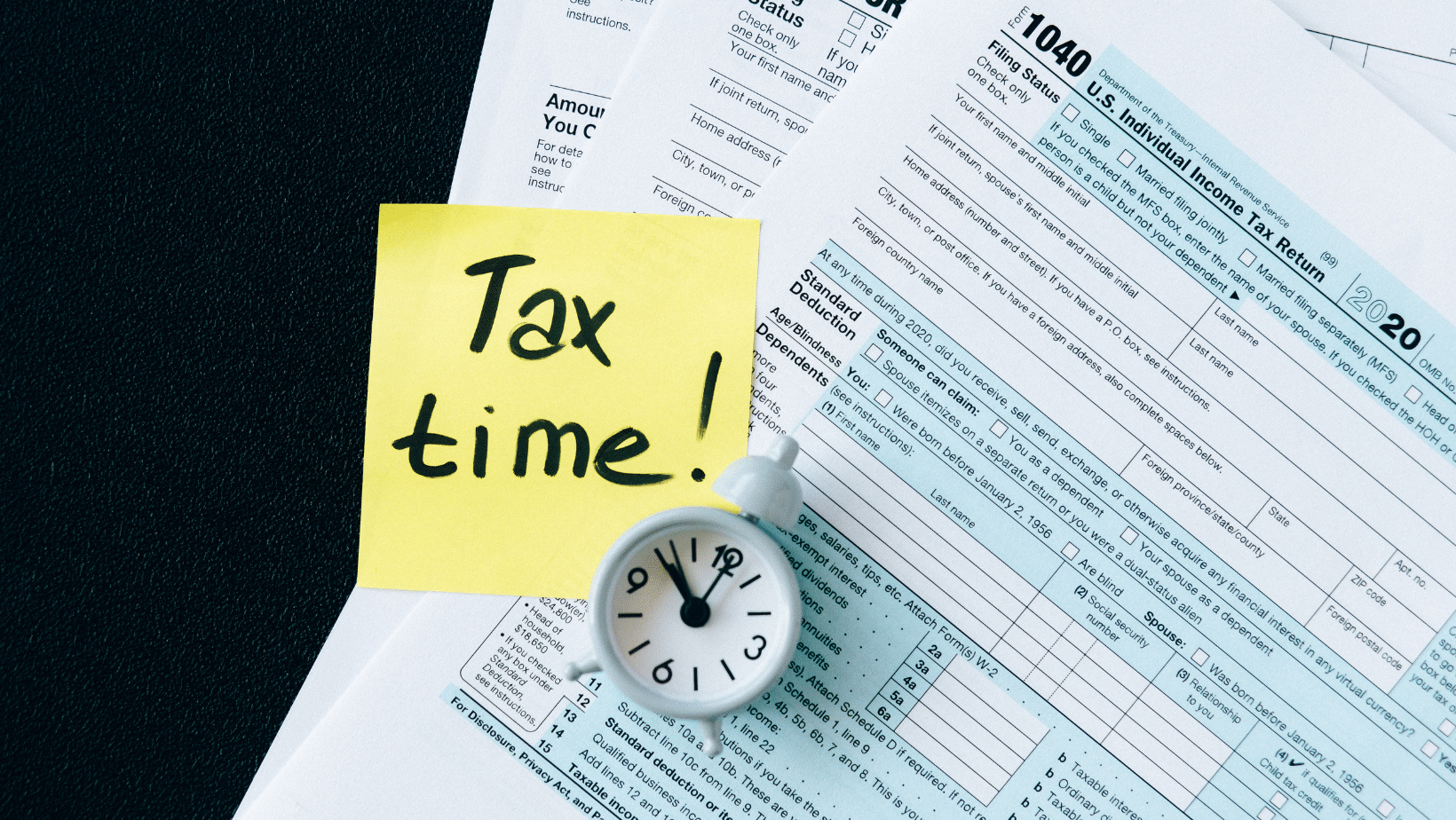So What Else needs your help! 2020 was an unbelievably difficult and challenging year for most of us. Beginning on March, 9 2020, So What Else (SWE) began a tremendous undertaking and started one of the most successful emergency hunger relief and support programs in the Greater Washington Area. Food was donated to us from partner organizations and local businesses without restriction and given to anyone in need, to the tune of 9 million meals from March 2020-March 2021.
Food is continuously being donated from every source imaginable. But, the warm summer months are fast approaching, and the SWE Team is in serious need of purchasing a refrigerated box truck to store perishable food arriving from multiple sources. The need for supplying food has only increased since the pandemic began. SWE is requesting a one time donation in order to purchase a refrigerated truck to store perishables such as produce, eggs, dairy, poultry and other products that need to be refrigerated during transportation in the upcoming summer months.
Almost every week since the inception of this highly accessible program, the need for free food has increased. The So What Else team feels it is critical to have a refrigerated truck in order to continue to support children and families that are in dire need of food. We are hoping you will agree that this need is critical as is our desire to continue the food donation line to help serve those in need. Will you help SWE by supporting this special request?
Your generous donation means the world to Sherman Wealth and So What Else and will continue to support their mission to help serve our community. We thank you in advance for your donation and support to meet our community’s needs. So What Else has received rave reviews for their service to our community and hope you will see the total benefit to obtaining a refrigerated truck in order to continue to support everyone in need of food donations throughout our community.
Currently SWE serves 68 sites per week with a total of 110,000 meals a week directly to children and families. Again your help means the world, especially to the children who rely on SWE for most of their meals every week. For questions about the donation, email us at info@shermanwealth.com.
The refrigerated box truck costs approximately $60,000. SWE currently has $12,500 committed from a generous donor. Will you help us raise the remaining $47,500?
Click here to donate to a great cause to help our community and a wonderful organization. https://www.gofundme.com/f/refrigerated-truck-fund?member=10610365&utm_medium=email&utm_source=customer&utm_campaign=p_email%2Binvitesupporters











